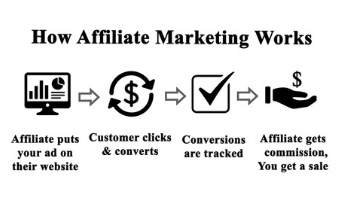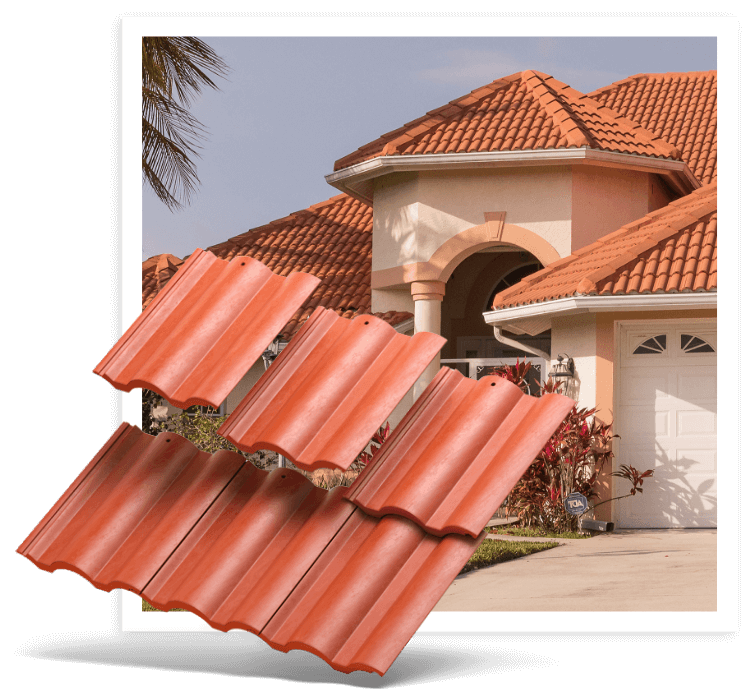 Affiliate marketing is a great way to attract visitors to your website. This type of marketing allows you to promote products to a large audience and earn revenue from them.
Affiliate marketing is a great way to attract visitors to your website. This type of marketing allows you to promote products to a large audience and earn revenue from them.
The best way to make the most money from affiliate products is to use targeted campaigns. This is exactly what Top 6 Digital did to increase their affiliate revenue by 30% with Exit Intent and Page-Level Targeting. You should click here at https://scamrisk.com/ to learn more.
A pay-per-click affiliate program is one of several different earnings models within the broader sphere of affiliate marketing. Others include CPA, CPS, CPI, and revenue share. Generally, the more conversions you generate, the higher your payouts will be. In addition, many programs have minimum thresholds that you must meet to be eligible for payment.
When choosing an affiliate network, be sure to review their application requirements and payout terms carefully. For example, some programs require a certain amount of monthly website traffic to be eligible for payment. This may be difficult for new publishers, and if you cannot meet these requirements, it is best to look for another affiliate program.
In addition to the traditional affiliate program, you can also find programs that offer a variety of other options, including pay-per-lead and pay-per-sale. These types of programs offer a more passive income stream and are great for beginners who don’t want to focus on sales and marketing. The key is to choose a network that aligns with your audience and the products or services you promote.
Pay-per-lead programs pay a set commission for each lead that is generated through their platform. This is often used in service-oriented businesses, where a lead could be a request for a quote or advice. Pay-per-sale programs, on the other hand, are usually used to promote e-commerce offers. These programs typically give the last-click attribution model, which means that the affiliate who receives the final click before purchase gets 100% credit for the sale.
While there are many benefits of using affiliate programs, they can be confusing to newbies. The most important thing to remember is that you’ll need to build trust to make sales. This can be done by writing reviews or interviews with people who use the products you promote. This can help you build a narrative that will draw readers in and increase their trust in your recommendations.
In addition, it is crucial to find a program that pays you on time. Most affiliates need their money quickly, and this is especially true for bloggers and other content creators who need to make ends meet while they’re developing their audience. Fortunately, there are plenty of programs that provide fast results.
Pay Per Lead
Pay-per-lead affiliate marketing is a powerful strategy that rewards third-party promoters for helping businesses generate qualified leads. This type of paid marketing offers a more cost-effective way to reach new customers than traditional methods. It also enables marketers to increase conversion rates and target specific customer demographics with precision. This approach can save time and money and increase the quality of a business’s lead-generation campaigns.
To maximize the potential of a pay-per-lead affiliate program, it is important to understand what qualifies as a lead. Usually, it includes a valid email address that has been gathered through Single Opt-in or Double Opt-in processes on landing pages. This information is then used to deliver additional content that is relevant to the prospective customer. The best online affiliate programs pay only for qualified leads that are matched to the appropriate sales funnel.
A pay-per-lead affiliate program can be extremely profitable for both businesses and affiliates. It is especially effective in niche markets where competition is high and profit margins are higher. For example, a security company can reward affiliates for providing them with leads who are genuinely interested in their products. This will help them meet their revenue goals and expand their customer pool without paying for clicks or impressions.
There are many different pay-per-lead affiliate programs out there, but some of them are more lucrative than others. For example, an all-in-one marketing beast offers an excellent opportunity for affiliates to earn huge commissions from their sales of home security solutions. This company offers a wide range of features to help you reach more customers, including e-commerce and social media integration.
Another great pay-per-lead affiliate program is a company that provides a subscription box service for French perfumes, bags, and other luxury items. This company is well-established in its industry and is featured in amazing magazines. Moreover, they offer a generous three-dollar commission for every lead.
The best way to optimize your pay-per-lead affiliate program with a sophisticated marketing automation suite is to choose one that integrates with your CRM, ad platform, predictive analytics, granular reporting features, call recording and IVR features, and landing pages. These tools are essential to your success as an affiliate. Schedule a free consultation to discover how this powerful system can boost your sales and improve your bottom line.
Pay Per Sale
Pay-per-sale affiliate marketing is an inexpensive and effective way to promote products and services online. It is a form of performance-based marketing that pays an affiliate for every qualified lead or sale generated by their recommendation. It is a popular model for e-commerce merchants and companies that want to expand their consumer base. However, it is important to properly vet and qualify affiliates to ensure that they are bringing value to the program.
Affiliate marketers should carefully consider the product they are promoting and the seller. It is vital to create authentic content that connects with an audience and builds trust. This is particularly true for higher-priced products, such as online courses or physical products. It can take more time and effort to build an audience for these types of products, but it is critical for affiliate success.
The most common payout model in affiliate marketing is pay-per-sale. In this model, the affiliate receives a commission each time a customer clicks an affiliate link and makes a purchase in the merchant’s online store. The merchant then records the transaction and credits the affiliate with the sale. The commission rate varies depending on the type of product and the commission structure of the affiliate program.
In addition to pay-per-sale, several other performance-based models can be used by affiliates. For example, some affiliates may be paid only when a customer completes a specific action, such as downloading software or signing up for a free trial. Others may be paid based on the number of unique visitors they bring to a website.
In addition to these models, some affiliates are compensated based on the number of leads they generate for a company. In this case, the merchant may be able to track the leads and determine which affiliates are most responsible for sales. In many cases, this is done using last-click attribution, where the first affiliate to receive a click from a potential customer gets 100% credit for the conversion. However, in some cases, the merchant may decide to share the credit with multiple affiliates.
Pay Per Action
Pay-per-action is an affiliate marketing model that pays a set commission for every new lead generated by the affiliate. This is a popular model for service-oriented businesses, such as lawyers or financial advisers. The program works by redirecting visitors to the advertiser’s website, where they can fill out a form to get a quote or advice. This type of affiliate model is becoming increasingly popular as the internet and technologies improve.
Another popular affiliate program allows you to display a variety of ads on your website and earn a monetary commission when someone clicks them. This program has some limitations, such as a minimum traffic requirement, but it can be a profitable source of income for your site.
There are also several other paid advertising programs available to you. This program offers a higher RPM (revenue per mile) than most other paid advertising programs and is ideal for established websites. However, it is not as easy to join as other affiliate programs and requires a bit of work and research.
Involved affiliate marketing is a popular option for many marketers, as it creates a stronger connection between the product and the consumer. This strategy involves the affiliate describing their personal experience with the product or service, which makes it more likely that the customer will buy it. Some affiliates even go as far as writing detailed reviews of the products they promote, which helps them build credibility with their audience.


